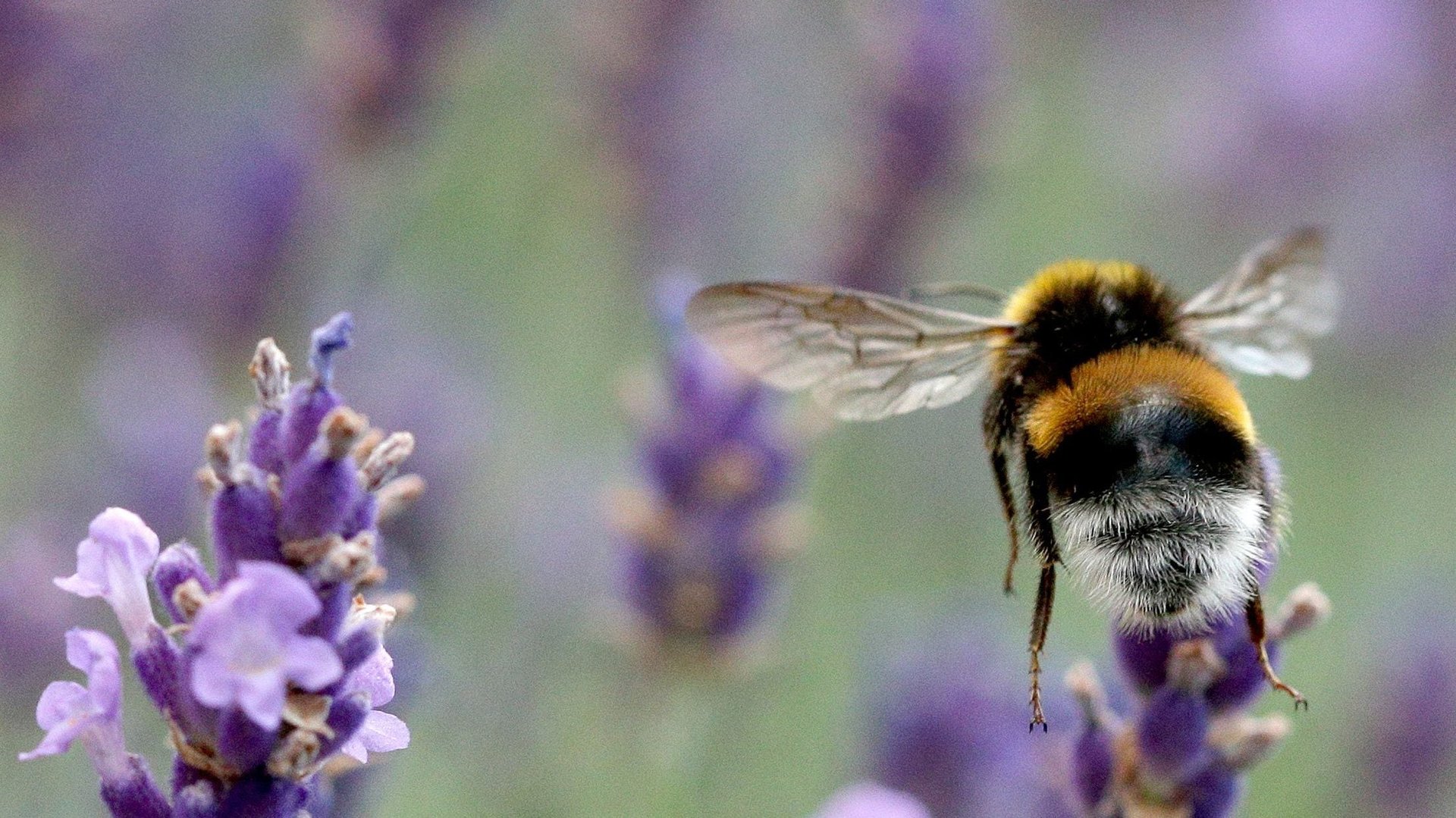Urban bees are living healthier lives than rural bees
Bumblebees are making it in the city.


Bumblebees are making it in the city.
Research published in the Royal Society B found that bumblebees living in urban areas experience healthier lives than their counterparts in rural habitats. Their colonies are larger, better fed, and less prone to disease. Urban colonies also survive longer than their country cousins.
Researchers raised colonies of wild-caught bumblebees 1 in agricultural and urban environments. Every week, the researchers would count the bee population in each hive three times. This is what they observed.
The bee colonies experienced population cycles, peaking between three and five weeks and then falling rapidly. Colonies in the city grew larger than those on the farm.
Entomologists have shown that over the last 80 years, changes in farmland have resulted in fewer pollinating insects like bees and wasps flitting about the landscape.
Industrialized practices, reduce the diversity in food sources for bees. Farming across large acreage for a single crop—known as monocropping—ensures a brief window of available resources for bees to gather pollen. That plus the presence of insecticides and pollutants makes bucolic life less of a bee paradise and more a bee wasteland. Chemicals used in farming have been shown slow rates of bee reproduction and increase the prevalence of parasites in colonies.
While the study notes that flowers from public and private gardens offer a varied and consistent diet for bees in urban areas, it suggests fewer pesticides may be why bees thrive in the city.
Nonetheless, the bee species studied adapts well to different environments according to Dr. Sydney Cameron, a professor at the University of Illinois at Urbana-Champaign. She told Quartz that bees of different sizes or length of tongues might have more difficulty adapting to urban environments.
As with humans, cities offer insects opportunities for growth. Whether swarming Times Square, or invading Los Angeles the pollinators stay busy and multiply.